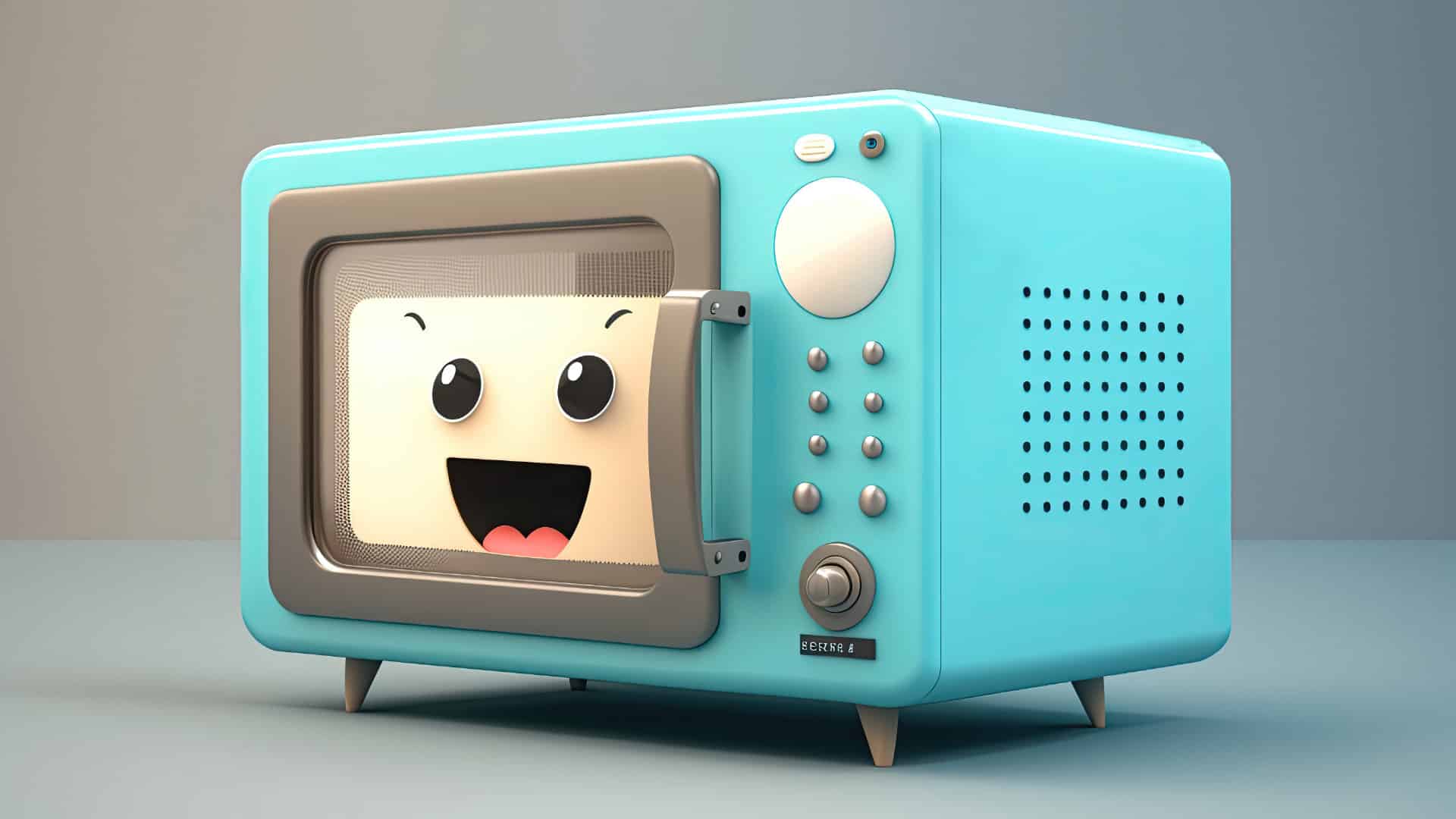
Microwaves have become an indispensable kitchen appliance, renowned for their speed and convenience in reheating leftovers or cooking quick meals. However, while it can be a kitchen superhero, there are certain foods, liquids, and materials you should never put in them.
From common misconceptions to potentially dangerous mishaps, we’ll delve into the items that should not be put in the microwave to ensure both the longevity of your appliance and, more importantly, your safety. While not a complete guide, we have covered all of the main items to avoid.
1. Metal and stainless steel
The number one thing to never put in your microwave is anything made of metal or stainless steel. This is because these materials reflect the radiation rather than absorb it, resulting in sparks and electrical arcing that can damage the appliance and pose a fire hazard. Even stainless steel can disrupt radiation distribution, leading to uneven heating. Always use microwave-safe containers made of glass, ceramic, or specific plastics to ensure your safety. If in doubt, look for a microwave-safe label on the container or plate.
2. Aluminum foil
Never place aluminum foil in your microwave. Instead of absorbing microwave radiation, this thin metal sheet reflects it, potentially sparking and risking your microwave’s functionality or, worse, causing a fire. It’s also important to ensure that any packaging you put in the microwave contains no foil (for example, butter packaging). To ensure your safety and prevent damaging your microwave, always avoid using aluminum foil.
3. Thin plastics
Bags and containers made of thin single-use plastics, such as yogurt tubs and plastic wraps, sometimes contain dangerous chemicals such as bisphenol A (BPA). When heated, these thin plastics can melt, releasing BPA into your food, which creates a safety risk. Additionally, certain plastics can melt onto your food during microwaving. To ensure your safety, always opt for microwave-safe plastic wraps and containers to reduce the risk of chemical contamination and spoiling your food.
4. Takeout containers
Takeout containers from restaurants and food delivery services often feature a metal rim and plastic lining. While most are microwave-safe, it’s a good idea to make sure by looking for a microwave-safe symbol on the container. While polypropylene (PP) containers are generally considered microwave-friendly, Styrofoam isn’t, as it melts under microwave radiation. Like plastic, this can release hazardous chemicals into your food, potentially leading to long-term health issues. To prevent potential food contamination, ensure all takeout food containers are microwave-safe.
5. Water (if overheated)
Heating water in a microwave can be risky due to a phenomenon known as “superheating.” When water is heated in a very clean and smooth container, it may not form bubbles that typically signal boiling. As a result, the water can become superheated, and when disturbed or upon adding something like a tea bag, it can erupt suddenly, causing severe burns. To avoid this, use microwave-safe containers and insert a non-metallic item like a wooden stick or microwave-safe stirrer to prevent superheating.
6. Spicy peppers
Spicy peppers are the next item on our list of things to never put in a microwave. Raw spicy peppers don’t necessarily explode when microwaved, but they contain capsaicin, which vaporizes at high temperatures. These capsaicin fumes can pose significant risks if they come into contact with your eyes or if you inhale them. If you decide to microwave raw peppers, avoid contact with the pungent fumes they emit.
7. Eggs in a shell
Despite what you may have read online, microwaving a whole egg in the microwave is risky because it can explode. This is due to the fact the egg will heat too quickly, and steam will build up within it. Instead of getting a lovely hard boiled egg, you will have a horrible mess. If you want perfect boiled eggs, boil them in water on a stovetop. You also need to be careful when microwaving eggs out of the shell. Make sure you crack the egg into a microwave-safe dish, prick the yolk, cover, and microwave on medium-low heat in 20-second increments until done.
8. Frozen meat
If you’re in a hurry and have forgotten to defrost meat, never cook it in the microwave in a frozen state. Microwaving can lead to uneven cooking and encourage the growth and spread of harmful bacteria. If you find yourself in this situation, using the microwave solely for thawing the meat or other protein is safer. Once thawed, ensure it is cooked thoroughly to eliminate bacteria and ensure safe consumption. This approach maintains both food safety and taste, preventing potential health risks associated with undercooked or unevenly heated meat.
9. Uncovered sauces
Among the top microwave mess-makers are tomato-based pasta sauces and canned foods like baked beans. When reheated without a cover, these items tend to sputter and splatter due to the thick consistency of the sauce trapping steam. This creates a horrible mess and can even damage your appliance. To prevent this from occurring, it’s advisable to put pasta sauces and other food items with lots of sauce in a pot or saucepan on the stove. This method will prevent messes and result in evenly cooked sauces. If you heat them in your microwave, cover them with plastic wrap and pierce a small hole in it to allow steam to escape.
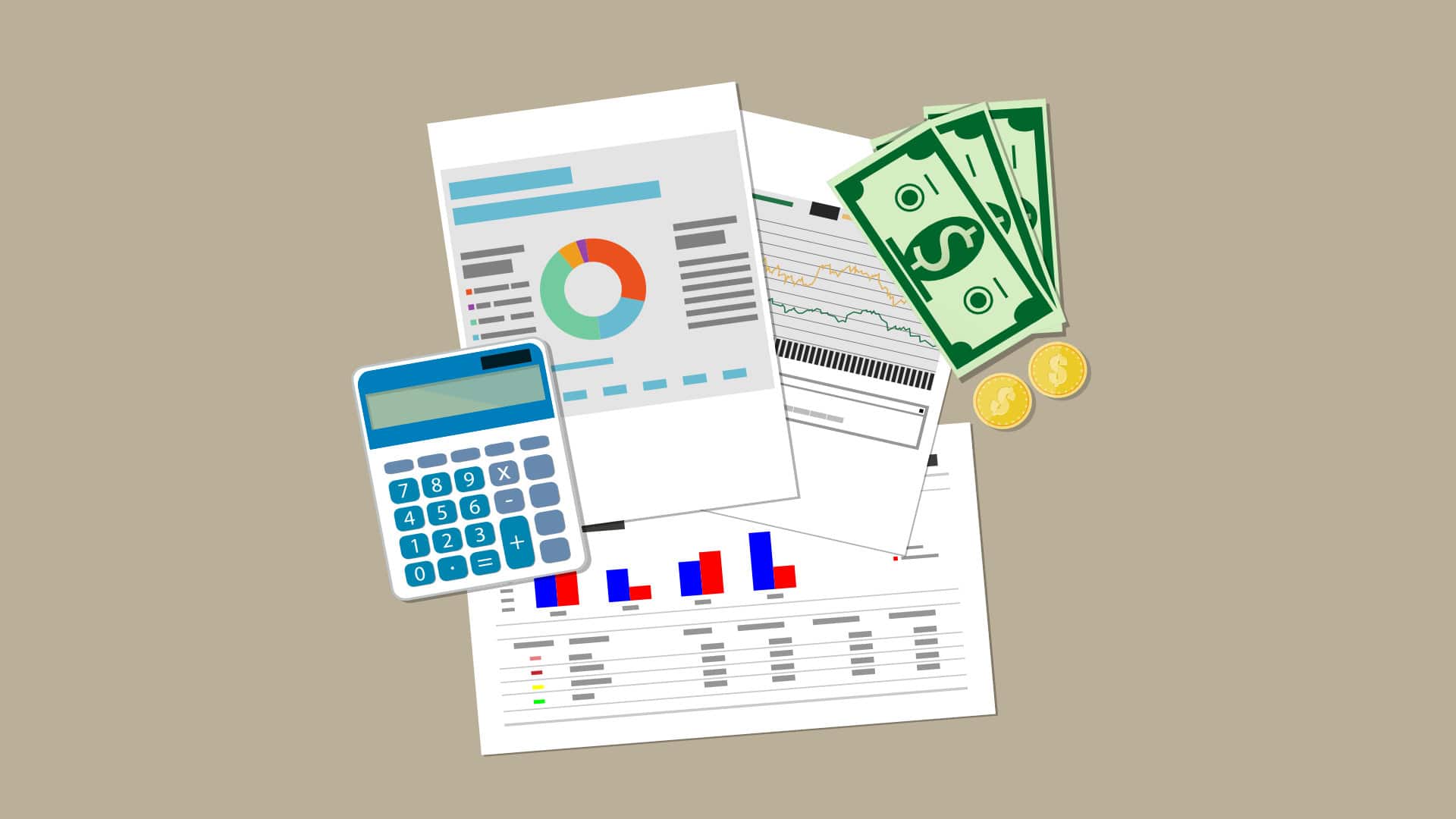
Appliance Industry 2024 Q1 Results

Congrats to our graduating April 2024 class

How to test a gas range ignitor

Congrats to our graduating March 2024 class

How to test a 120 volt receptacle

Congrats to our graduating February 2024 class
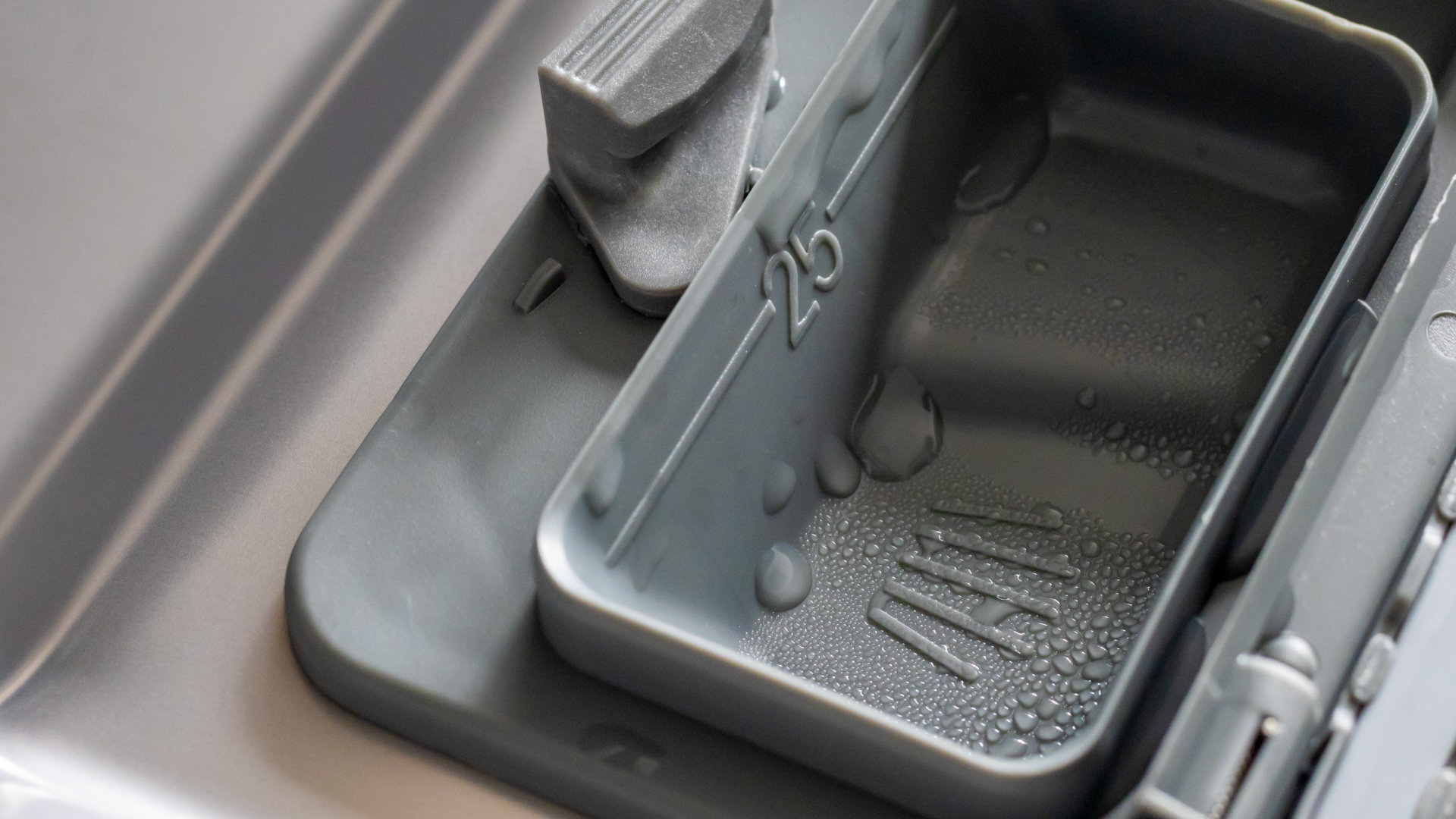
Why Is Your Dishwasher Soap Not Dissolving? (5 Easy Fixes)
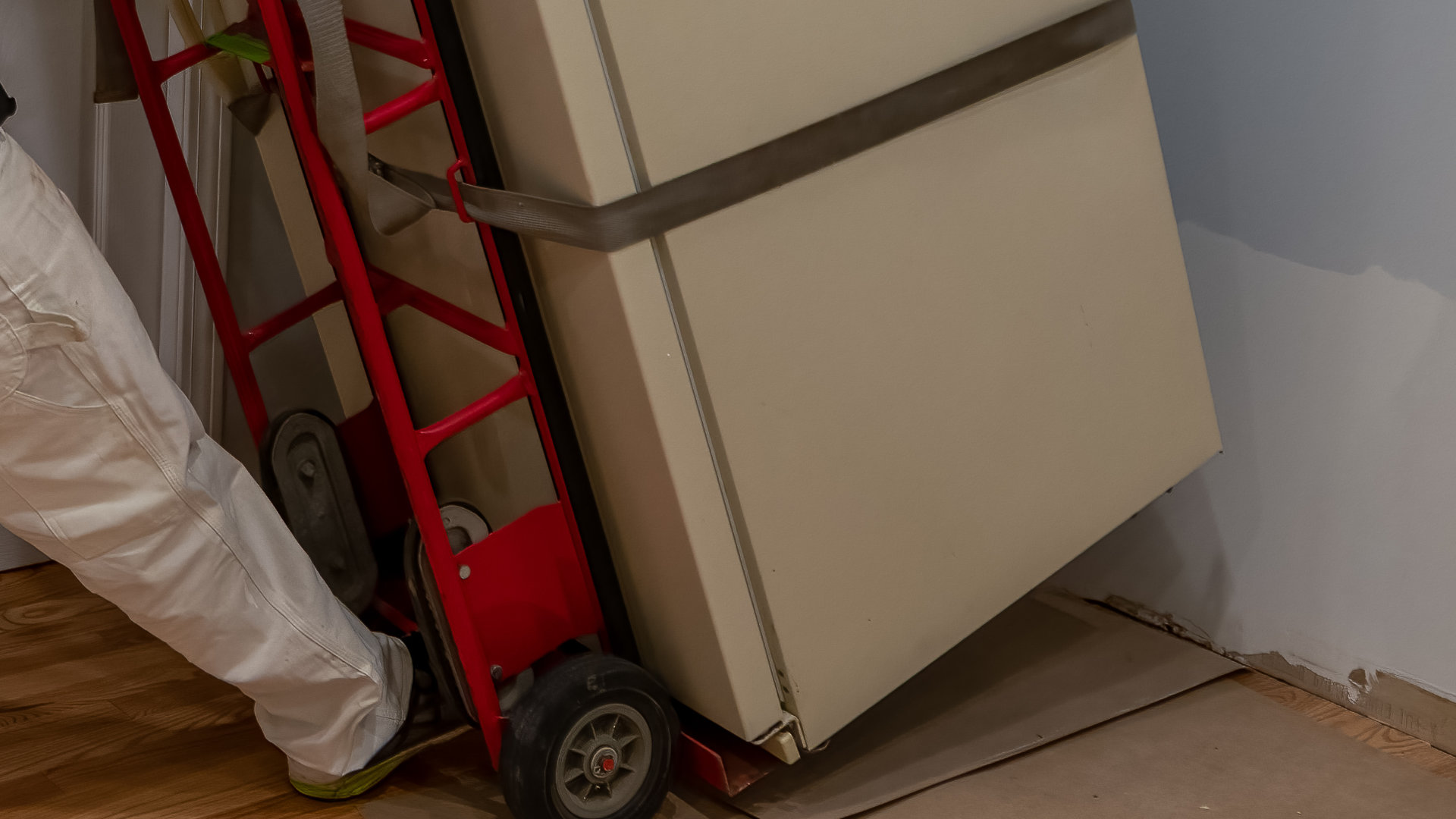
Refrigerator Dripping Water Inside? 5 Quick Fixes
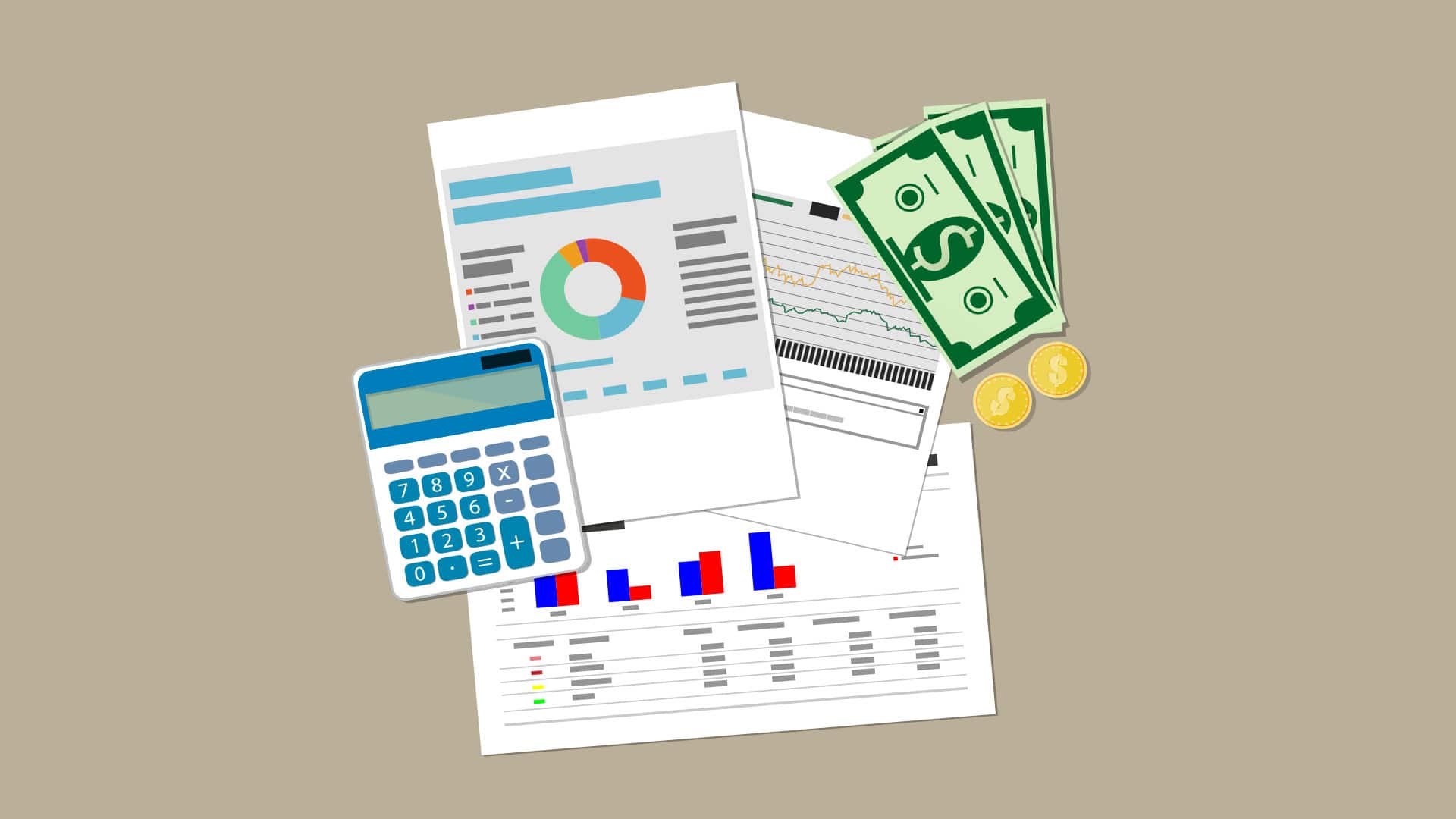
Appliance Industry 2023 Q4 Results



